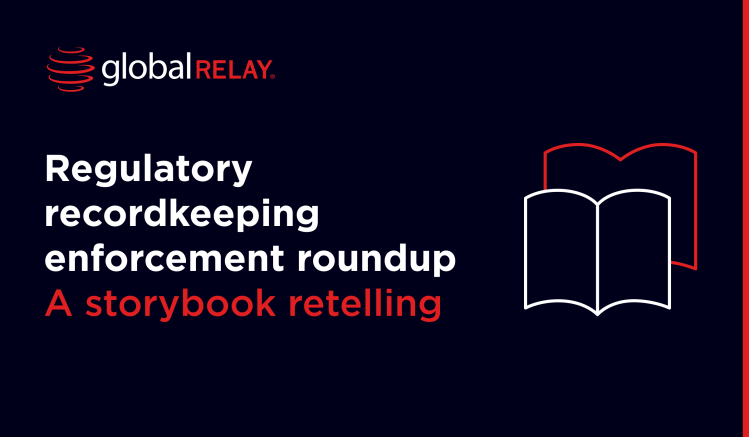Update – June 5, 2024
Reports from Reuters have suggested that the FCA is expected to “narrow down” plans after substantial government and financial industry pushback. Sources suggest that Therese Chambers, Joint Executive Director of Enforcement and Market Oversight, made concessions during meetings with clients including:
- A longer notice period that firms will be under investigation, compared to the proposed one-day (or no notice) period
- A ‘looser’ public interest test when considering naming firms that will also take their interests into account
When asked about Chamber’s meetings, an FCA spokesperson responded:
“We have listened carefully and we’re considering all the feedback that we’ve received as we decide on next steps.”
While some financial regulators might like to consider themselves as a “cop on the beat,” they need to get the balance between “good cop” and “bad cop” right when setting the tone for interacting with firms. While some “good cops” emphasize the importance of firms self-reporting and working with them to mitigate potential full-scale enforcement outcomes, we are also seeing a shift towards some “bad cop” style rhetoric – with the latest example being the FCA’s commitment to “name and shame” firms and individuals under investigation.
A new approach
As part of a consultation document published on February 27, 2024, the FCA has set out a new approach: for the first time, the regulator will identify firms and individuals under investigation. In a jointly written foreword for the document, Joint Executive Directors of Enforcement and Market Oversight Therese Chambers and Steve Smart summarized the rationale for this shift:
“Enforcement action is not simply about individual instances of punishment. Its greatest impact is as deterrence, and in educating the whole market on what we expect, and where others have fallen short.”
Similar to the Security and Exchange Commission (SEC) outlining the “trigger factors” that will lead to the regulator investigating Chief Compliance Officers, this new transparency is intended to give firms and individuals clear oversight of what might lead the regulator to come knocking:
“By being clearer about the types of misconduct we think warrant a formal investigation, it allows other firms to learn lessons, raise their standards, and think twice about doing the same at a much earlier stage than currently.”
The rationale behind this is clear – by “naming and shaming” firms and individuals under investigation publicly, the FCA is seeking to “build trust in the system” and prove to the public that the regulator is “on the case.” In a press release issued alongside the consultation, Chambers states this move will:
“Amplify the deterrent impact of our work by enabling firms to understand the types of serious failings that can lead to an investigation, helping them to change their own behaviour more quickly.”
The consultation does add caveats to the announcement, acknowledging that due to the “specific legal considerations” regarding individuals, the FCA will “not generally” announce investigations into named individuals, and clarifying that:
“Announcing an investigation does not automatically mean we have decided that there has been misconduct or breaches of our requirements, and we will be transparent when we close cases with no outcome.”
New year, new FCA?
The FCA’s announcement of a shift towards a more “transparent” approach to investigation and enforcement also included a commitment to increasing the pace of investigations – something the regulator has been criticized for previously. The number of open FCA enforcement cases has tripled in the seven years from 2015 to 2022, with the average time of investigation case subsequently doubling to over 33 months.
Alongside the commitment to more transparent investigations, the FCA stated it will also:
“Focus on a streamlined portfolio of cases, aligned to its strategic priorities where it can deliver the greatest impact. The FCA will also close those cases where no outcome is achievable, more quickly.”
The announcement is part of a flood of activity from the FCA throughout 2024 so far. In mid-February, the regulator sent over 300 letters to registered insurers and insurance agents requesting data on non-financial misconduct incidents, including information on any disciplinary outcomes from those incidents. This was then followed by more than 180 banks receiving the same requests for information – with Jamie Bell, the FCA’s Head of Secondary Market Oversight, confirming that 1,000 firms across a range of financial industry verticals will receive these letters. With this survey, the FCA has set out an intention to:
“Build a clearer understanding of when and where non-financial misconduct occurs, provide us with a baseline assessment of each sector and inform our ongoing supervisory work programmes.”
Do the right thing – everyone’s watching
While the commitment to transparency and focusing on a lighter case load may be new, the FCA setting out its expectations around non-financial misconduct and compliant behaviors is not.
In Therese Chamber’s first speech as newly-appointed Joint Executive Director of Enforcement and Market Oversight back in June 2023, she set out an expectation that firms and individuals “do the right thing,” and that “doing the right thing when nobody is watching … is a true test of integrity.” As part of that speech, Chambers advised that “sometimes the world – or at least your industry peers, consumers, and regulators – are very much watching.”
The FCA’s shift towards “naming and shaming” the firms and individuals under investigation is absolutely designed with who is watching in mind. By making these enforcement steps public, other firms can see why their peers ended up in the regulatory firing line, and reassess their own practices to ensure they don’t share the same fate.
Individuals are able to see that the consequences of their actions can – and will – land on their own doorstep, and think twice about what behaviors they exhibit. The investing public (and the financial industry itself) are able to see the FCA pursuing misconduct and unfair dealing, evidencing that the market is under effective regulation and can be trusted.
While this change does bring into question whether the prevailing regulatory sentiment has become “do the right thing – or else,” the FCA’s continuing clarification of its expectations means firms know exactly where they stand and what’s expected of them.
Those who are behaving non-compliantly don’t just need to worry whether they will get the “good cop” or “bad cop” from the regulator, but also – in being “named and shamed” – “what will the neighbors think?” While remembering who else is watching (be it peers, the public, or the regulator) is something firms should always be cautious of, by committing to more transparency, increasing the pace of investigations, and upping their activity rate, it will be the FCA themselves we will be watching with interest.




